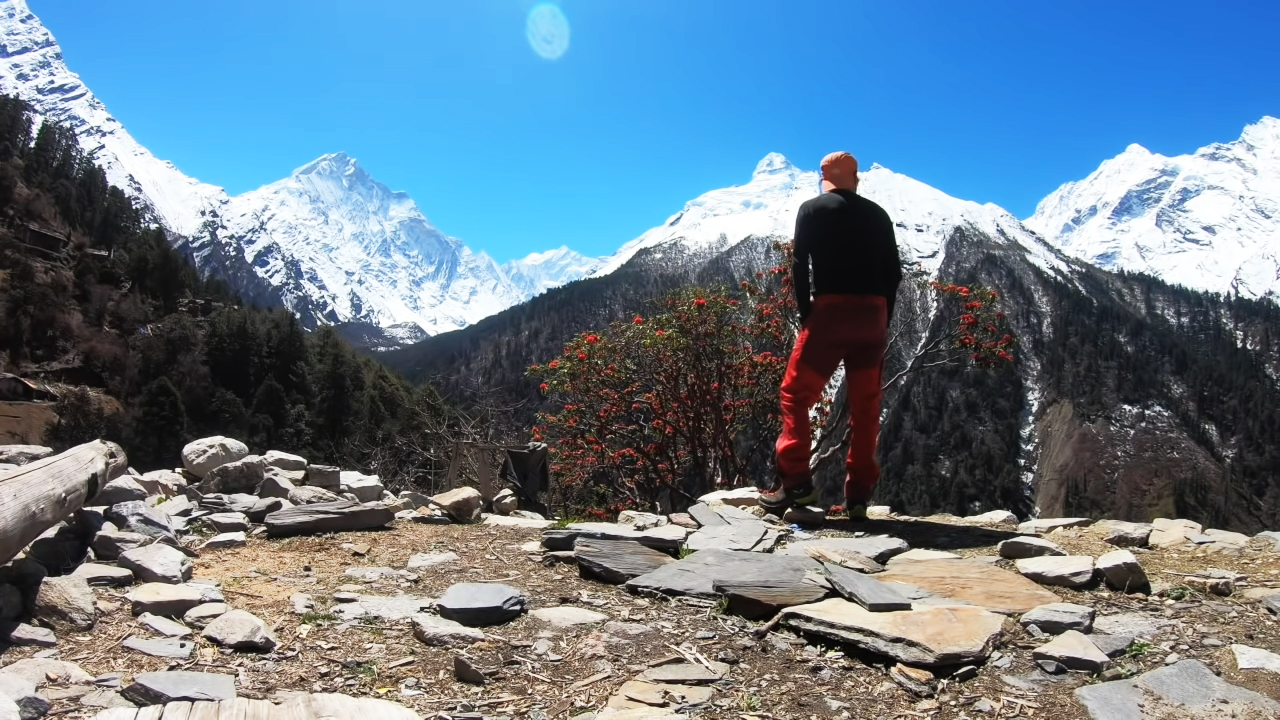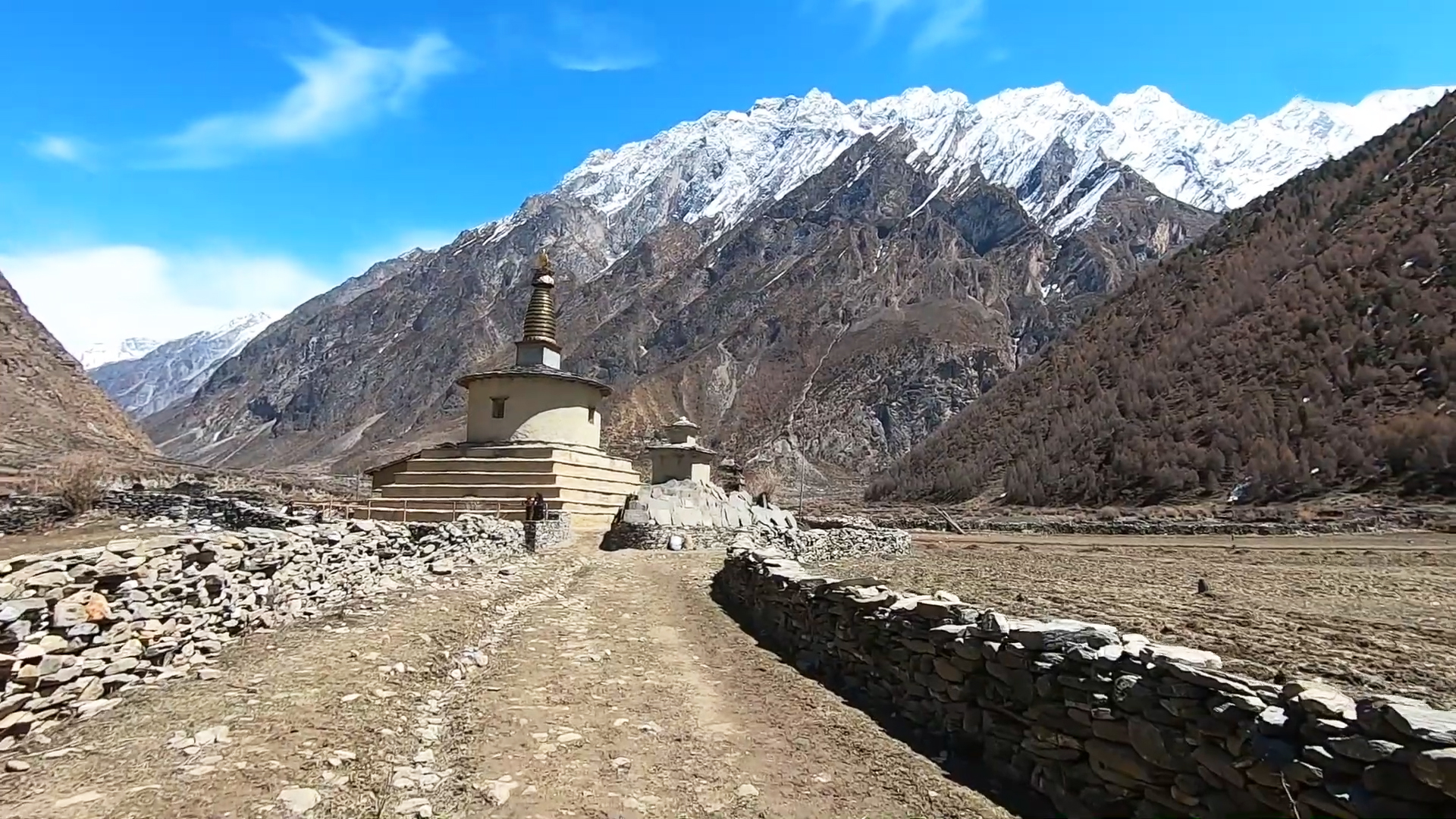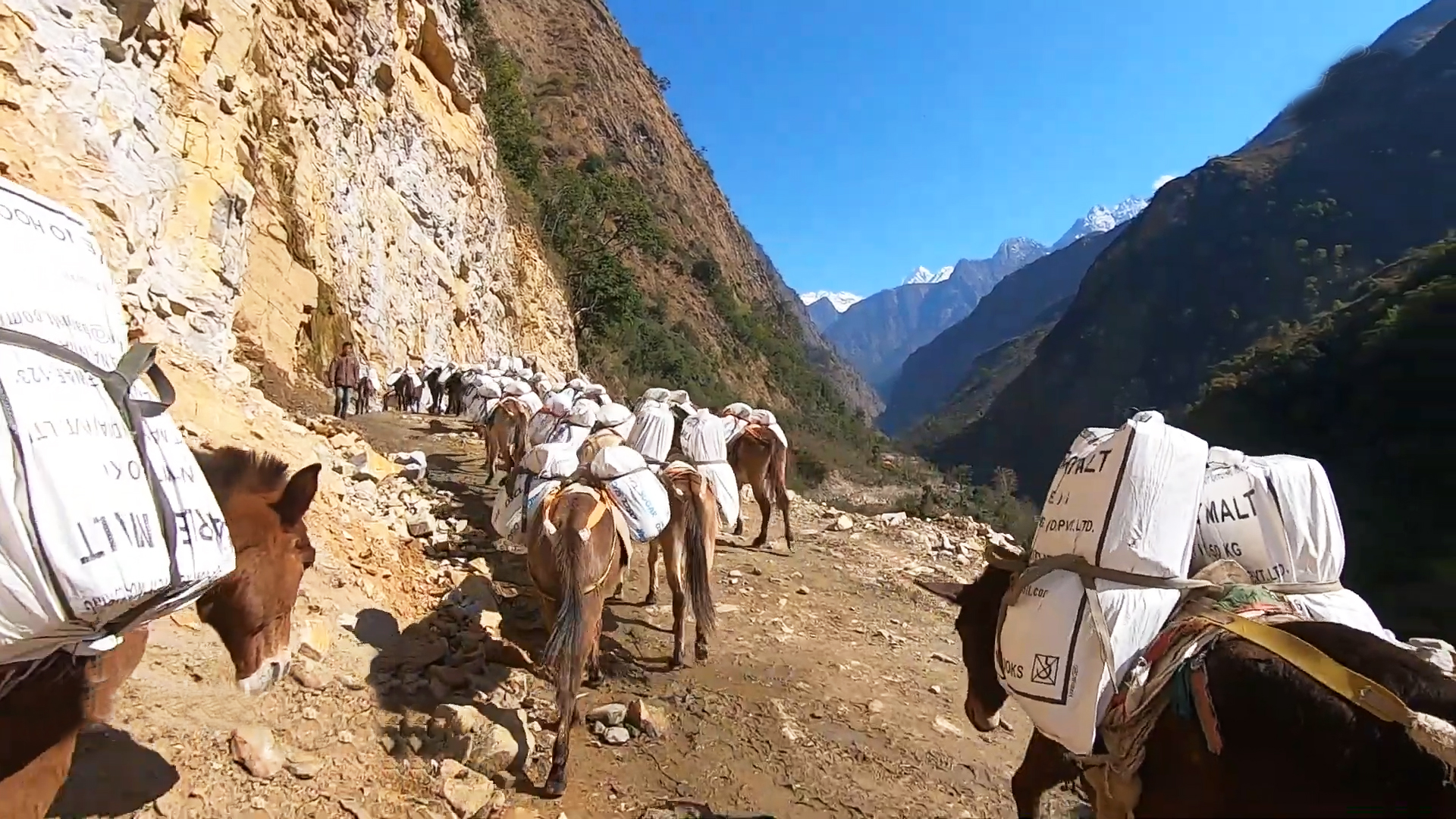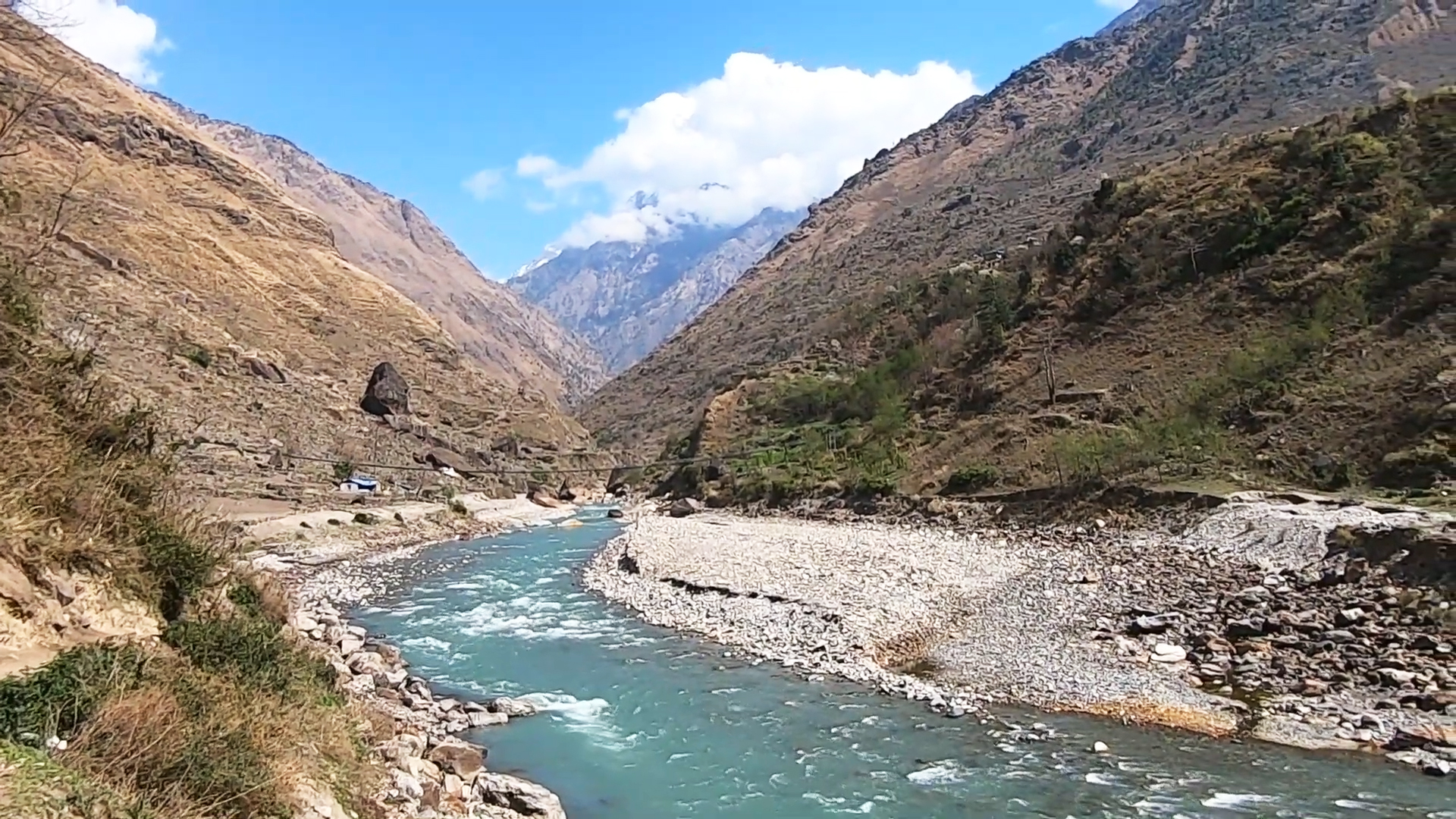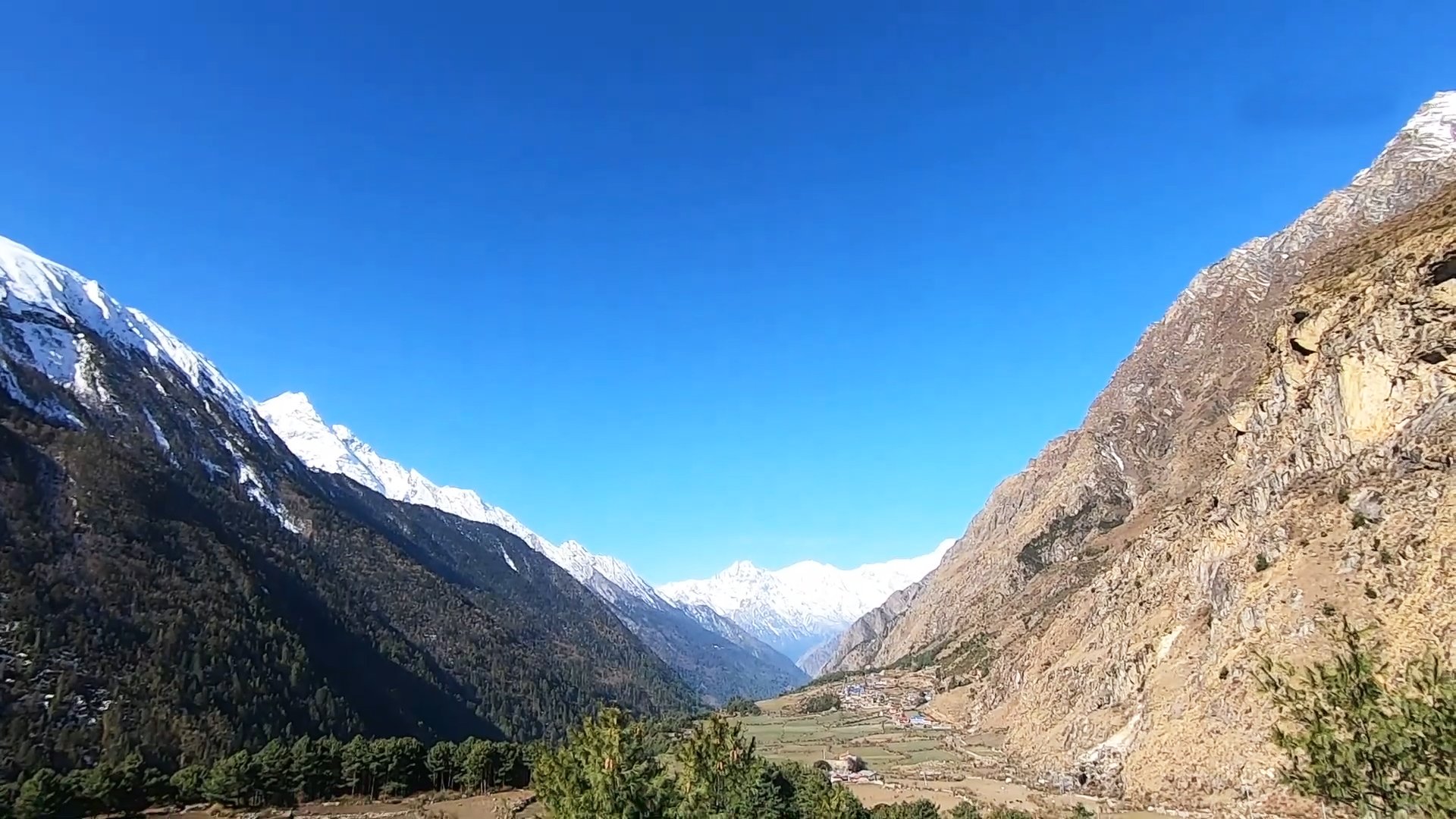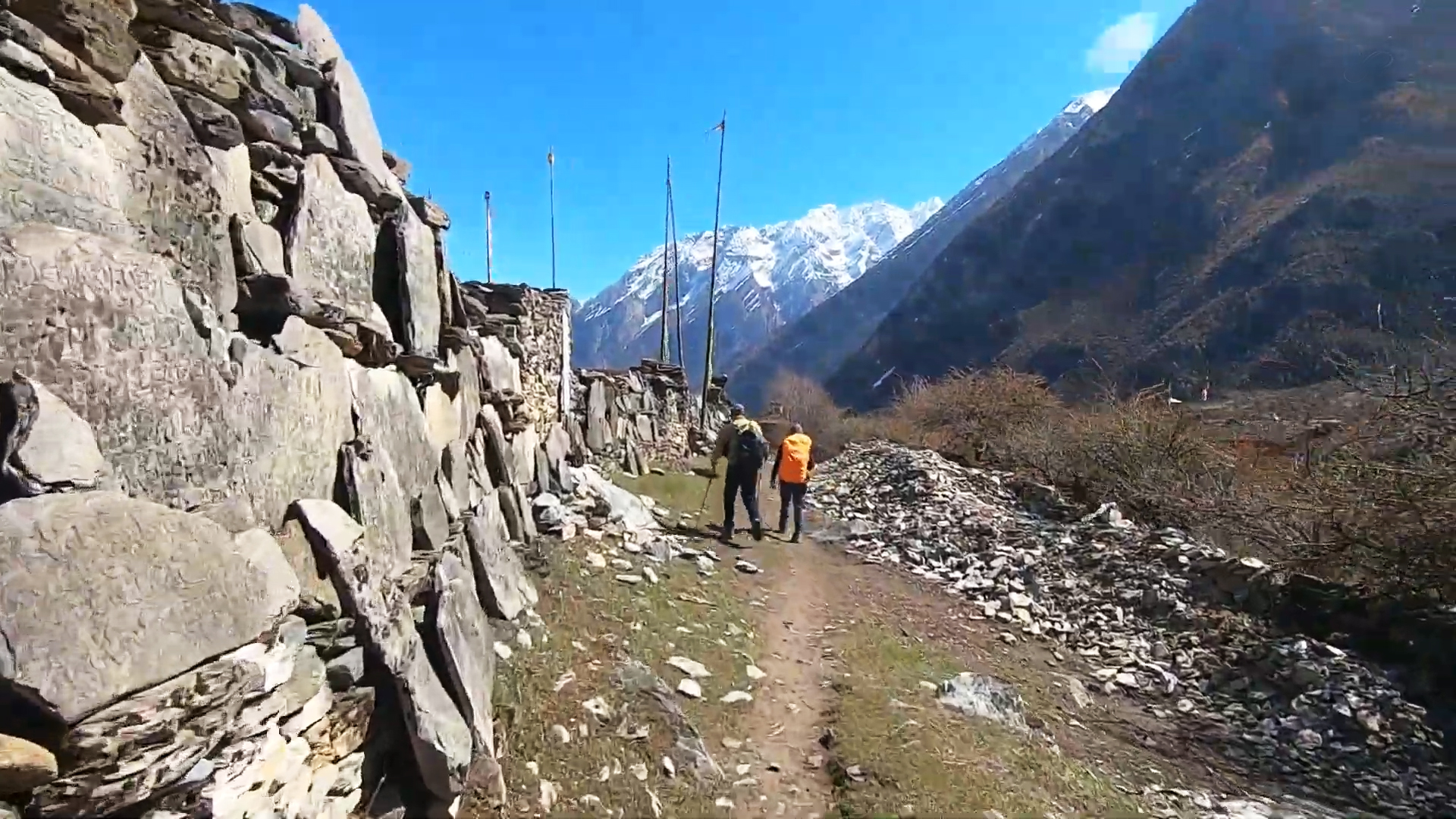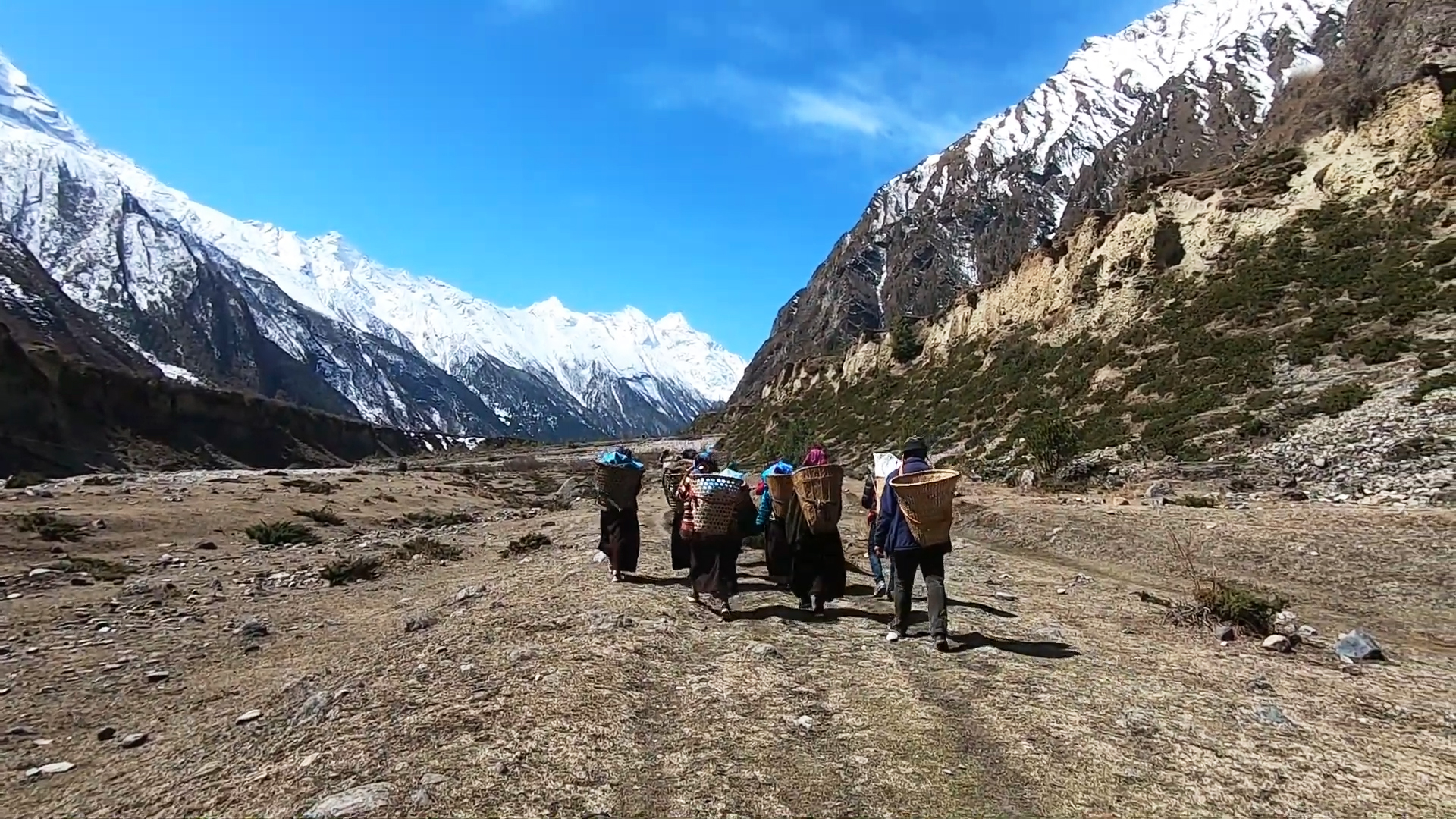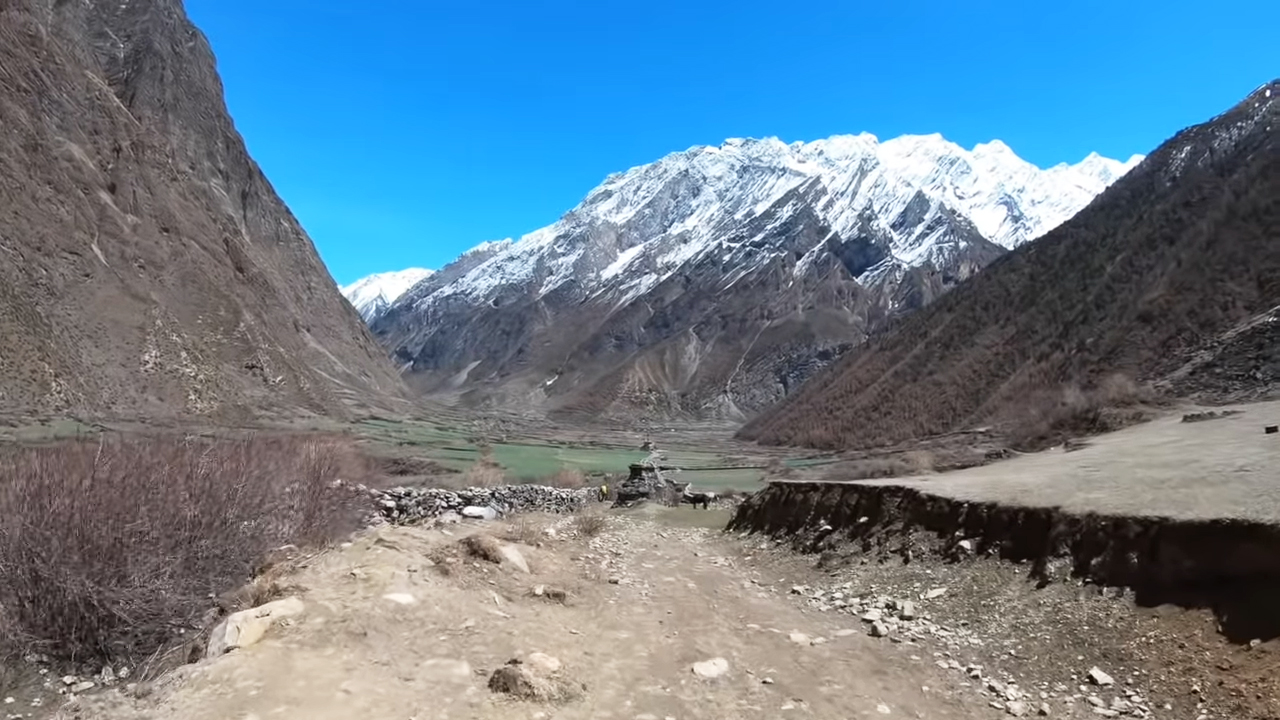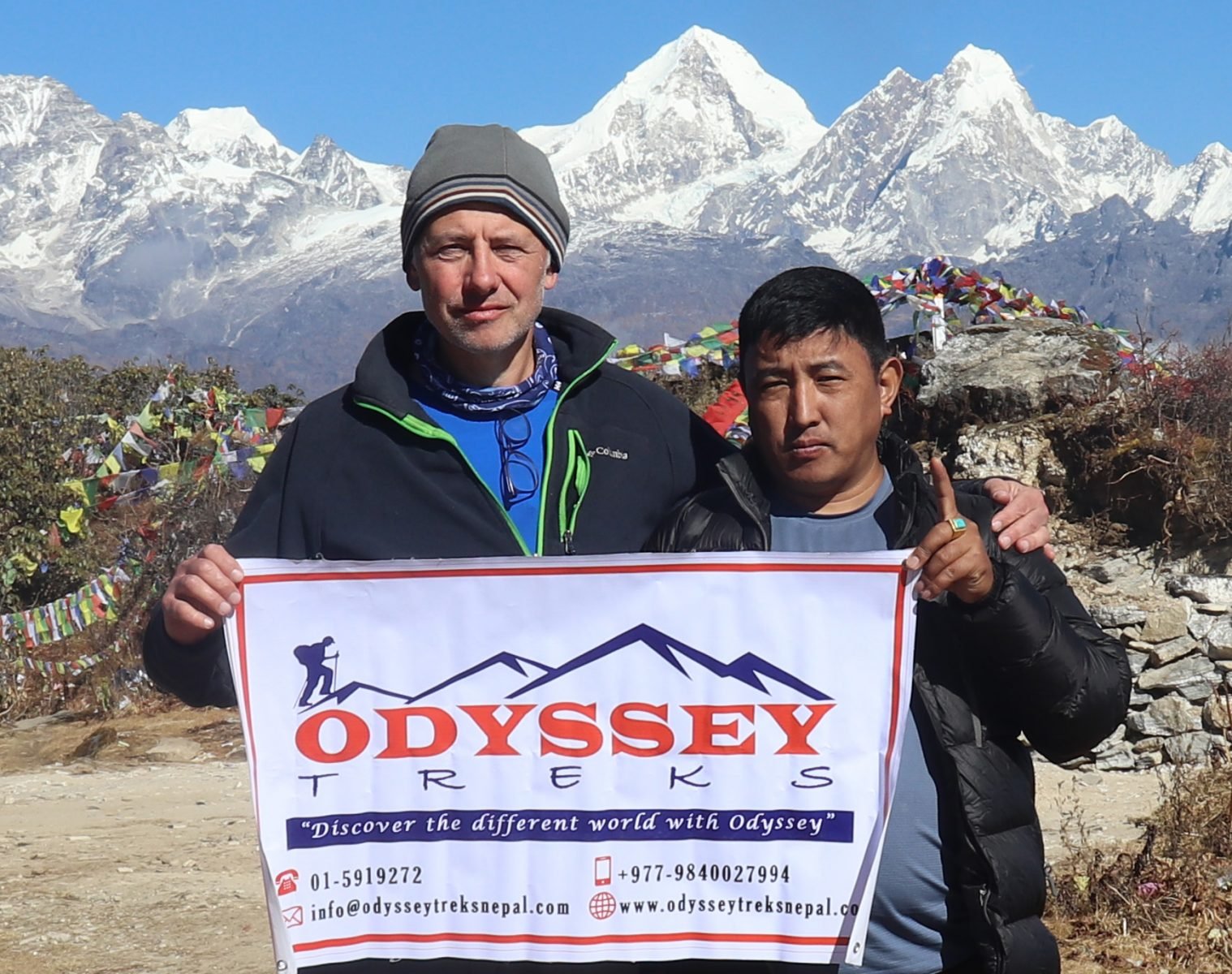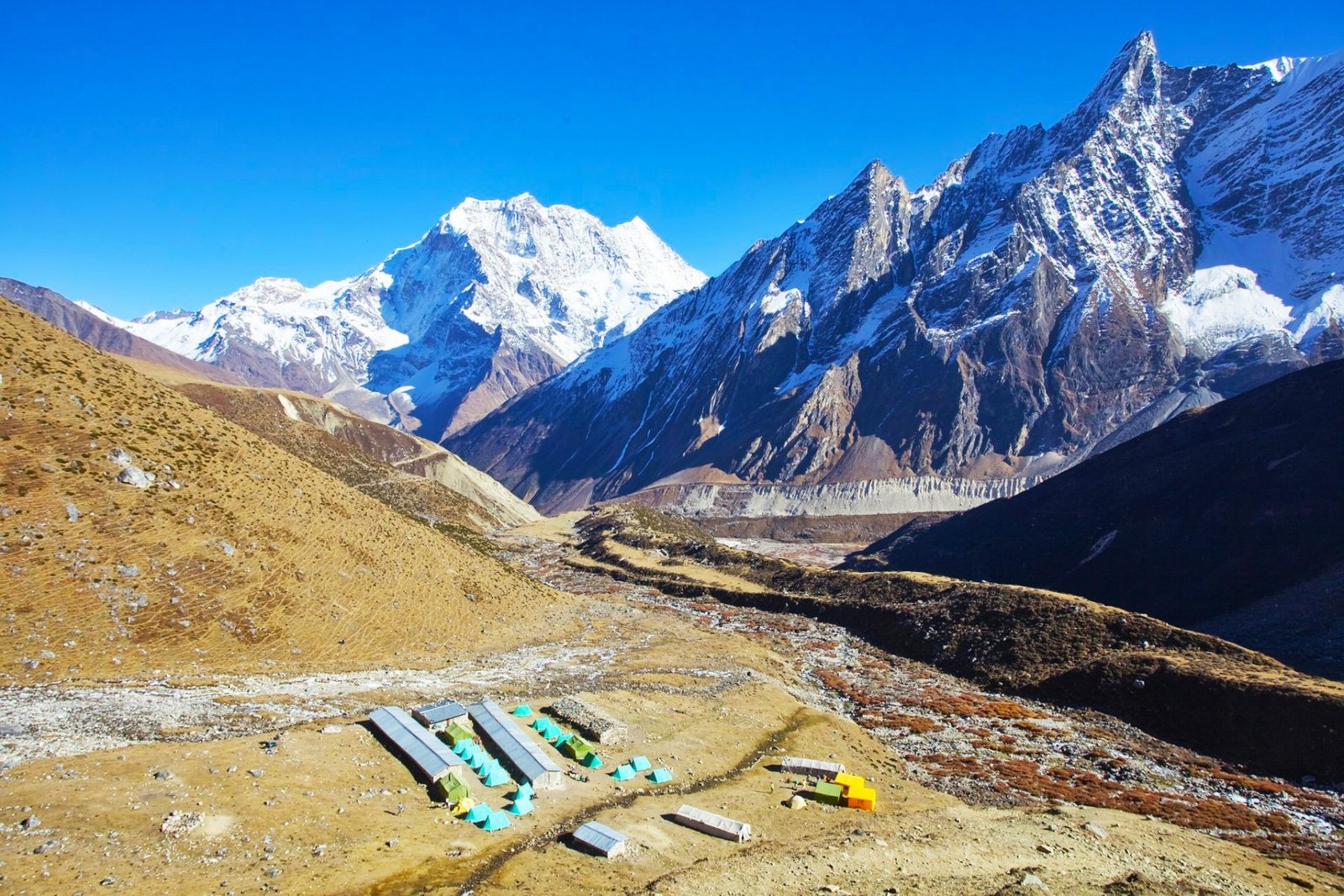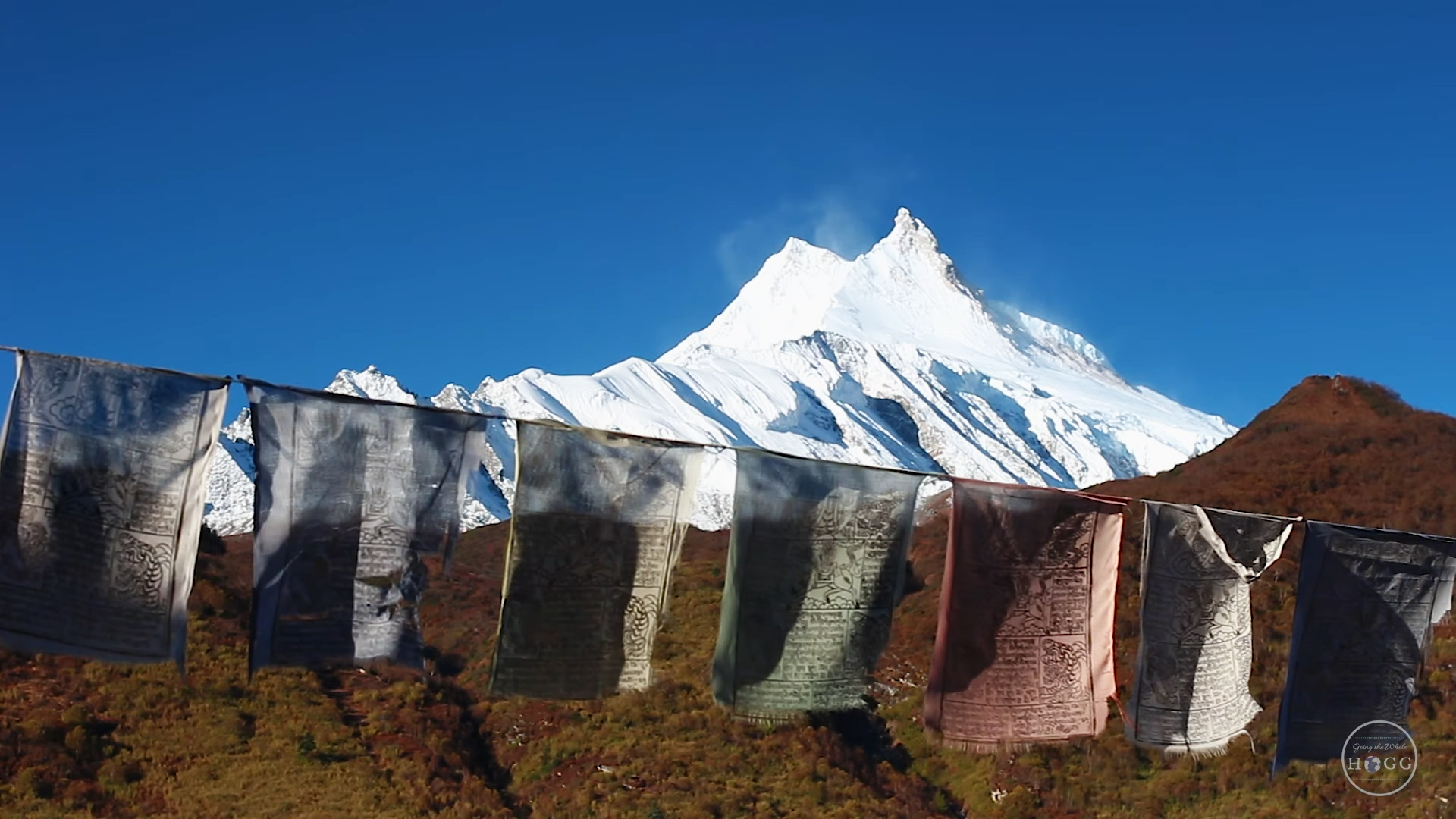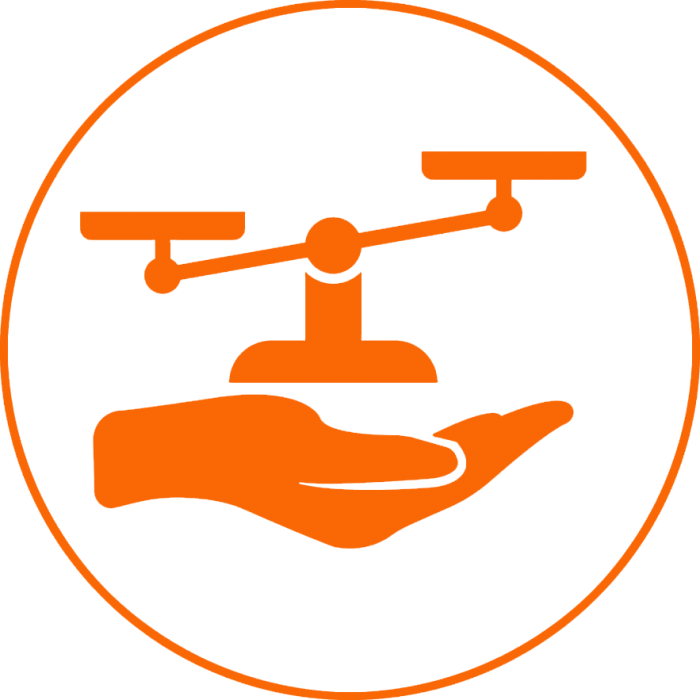Trip Overview
Introduction to Manaslu Tsum Valley Trek
Manaslu Tsum Valley Trek was recently opened in 2008 for trekking. This valley is still untouched in any of its natural splendor or cultural richness from any adulteration or modernization. Situated in the backdrop of Ganesh Himal, Shringi Himal, Buddha Ranges, and Himchuli, the Tsum Valley is beautiful.
It is a perfect, mysterious, and beautiful valley. The wild nature, lush forest, mountains, and culture of the unique Buddhist religion in the shadow of the mountains are such treasures that this valley is a hidden gem in the Manaslu region of Nepal.
According to Buddhist mythology, the Tsum Valley is believed to be the same place where a Buddhist saint named Guru Milarepa meditated during his travels to tell the world about the preaching of Lord Buddha and Buddhism.
You May like to visit: The Glimpse of Tibet Tour In just 5 days, Cost, Distance, Cultural Heritage
Explore Monasteries and Stupas in the Tsum Valley area
Based on its history and people’s faith, it is a holy place, and there are many monasteries in the valley. Trekking in the Tsum Valley, we can see Buddhist prayer flags, Mani walls, monasteries, and stupas. We also visit monasteries like Rachen Gompa, Mu Gompa, and Lungdang Gompa while trekking the Tusm Valley.
The Manaslu Tsum Valley Trek is an exciting adventure in the Manaslu region. The valley is popular for the Himalayan thar and blue sheep. During your trek, you can see one of them if you are lucky. This valley is home to endangered species of birds and animals, and the area is restricted to hunting, fishing, or killing animals. Being a well-protected area, the Manaslu Tsum Valley trek makes your vacation worthwhile.
Manaslu Tsum Vally trekking trail offers beautiful Himalayan views of Mt. Manaslu (8,163m), Mount Dhaulagiri (8,167m), Mount Annapurna (8,091m), and 23 other Himalayan mountains, beautiful landscapes, picturesque valleys, and mixed Nepalese culture. Trekking in this area requires a special trekking permit through the Legal Nepal Trekking Agency. The participation of at least two people is mandatory for this trek.
Manaslu Tsum Valley Trek requires good physical fitness and a minimum of 2 weeks of leave, but we arrange customized trekking services according to your wishes and holiday schedule.
Trip Itinerary
Drive Kathmandu to Machha Khola (8,69m) via Arughat (670m) – 9 to 10 hours.
Machha Khola to Jagat (1,410m) – 7 to 8 hours walk.
Jagat to Lokpa (2,240m) – 5 to 6 hours walk.
Lokpa to Chhokangparo (3,031m) – 6 to 7 hours walk.
Chhokangparo to Nile (3,3610m) – 5 to 6 hours walk.
Excursion to Mu Gompa (4,000m) then back to Nile (3,361m) – 5 to 6 hours walk.
Nile to Chumling (2,386m) - 6 to 7 hours walk.
Chumling to Philim (1,570m) – 5 to 6 hours walk.
Philim to Dobhan (10,70m) – 5 to 6 hours walk.
Dobhan to Machha Khola (8,69m) – 4 to 5 hours walk.
Drive Machha Khola to Kathmandu – 9 to 10 hours.
Why not list the price?
Each client's needs may be different. The price of the trip varies according to the size of your group and the service you want. The cost of the trip is calculated according to the type of service and accommodation chosen by our customers.
Each trip is customized to fit the client's needs and group size, so the price of each organized trip is different. Please let us know the service you want and the size of the group. We create trips to suit your taste and travel budget per your requirements. Hope you find our price calculation reasonable according to your needs and preferences.
Frequently asked questions about this trip
How difficult is the trek?
The difficulty depends on where and how long you want to trek. The short trek is easy while the long trek requires some physical fitness.
What is altitude sickness?
Altitude sickness is normally known as acute mountain sickness. This can happen when people rapidly climb up to an altitude of more than 3000 meters. We ensure minimal risk by adding rest to our trekking itineraries. Most people will feel some effects of altitude, some shortness of breath and possibly light headache, this is normal enough. Acute mountain sickness patients are quite different and usually have a serious headache, sickness, and lose awareness. In almost all possible cases there are sufficient warning signs to take action properly. Descending to a lower altitude is usually enough to prevent any further problems.
What type of accommodation is available during the trekking?
There are mainly tea houses and lodges available for trekking and they are usually made using local materials and are very comfortable. These accommodations are often family-run and usually provide single and double rooms. The dining room is on the ground floor and is often on fire. All food will be cooked in order in the family kitchen. Toilet facilities are sometimes separate and sometimes outside. Most lodges provide mattresses and blankets. It's a good idea to always have a sleeping bag, which can be useful, and perhaps an inflatable pillow.
How long do we walk every day on trekking?
Trekking programs are classified into three different categories: soft, moderate and hard. Soft treks are only about 7 days to 10 days in duration. They generally do not go above 4000 meters; you can expect to walk about 4-5 hours each day. Moderate treks are challenging enough and long treks that go to the high hill country. Physically exhausting, this involves trekking along the cliffs of the mountains for about 6-8 hours. Harder treks are longer treks that go farther away from the general abode of trekkers and tourists. These physically challenging treks involve walking for 7- 9 hours each day.
How much weight do I need to carry on the trek?
You carry some of your personal belongings, such as warm clothing, water, snacks, sun block, cameras and more. Generally, these items will be lightweight, from 5 to 10kg (10 to 20 pounds). Our porters are available for other heavy goods and for your information one porter would be sharing by two people. The maximum weight carried by one porter is total 20 kg. this means 10 kg. per person is allowed for the trek. In case if you wish to carry more than this weight then you need to hire additional porters.
What is the best time for trekking in Nepal?
October and November are considered as the best times for trekking in Nepal due to dry season. December and January are also considered good times for trekking but it is extremely cold at high altitudes.
Google Reviews
Guest reviews
Thank you a lot for your organization about my trek. It was a superb experience; all was perfect. Karma is a very nice person and a good guide. I appreciated trekking with Odyssey (a reliable Nepal trek operator). If I come back to Nepal, I will be happy to...
Have just returned from my fourth trip to Nepal and as always Odyssey Treks organized everything superbly. We visited Makalu relatively late in the season and were rewarded with empty trails and amazing weather. Karma was as entertaining, friendly, and informative as ever along with Ang Dawa Sherpa who...

